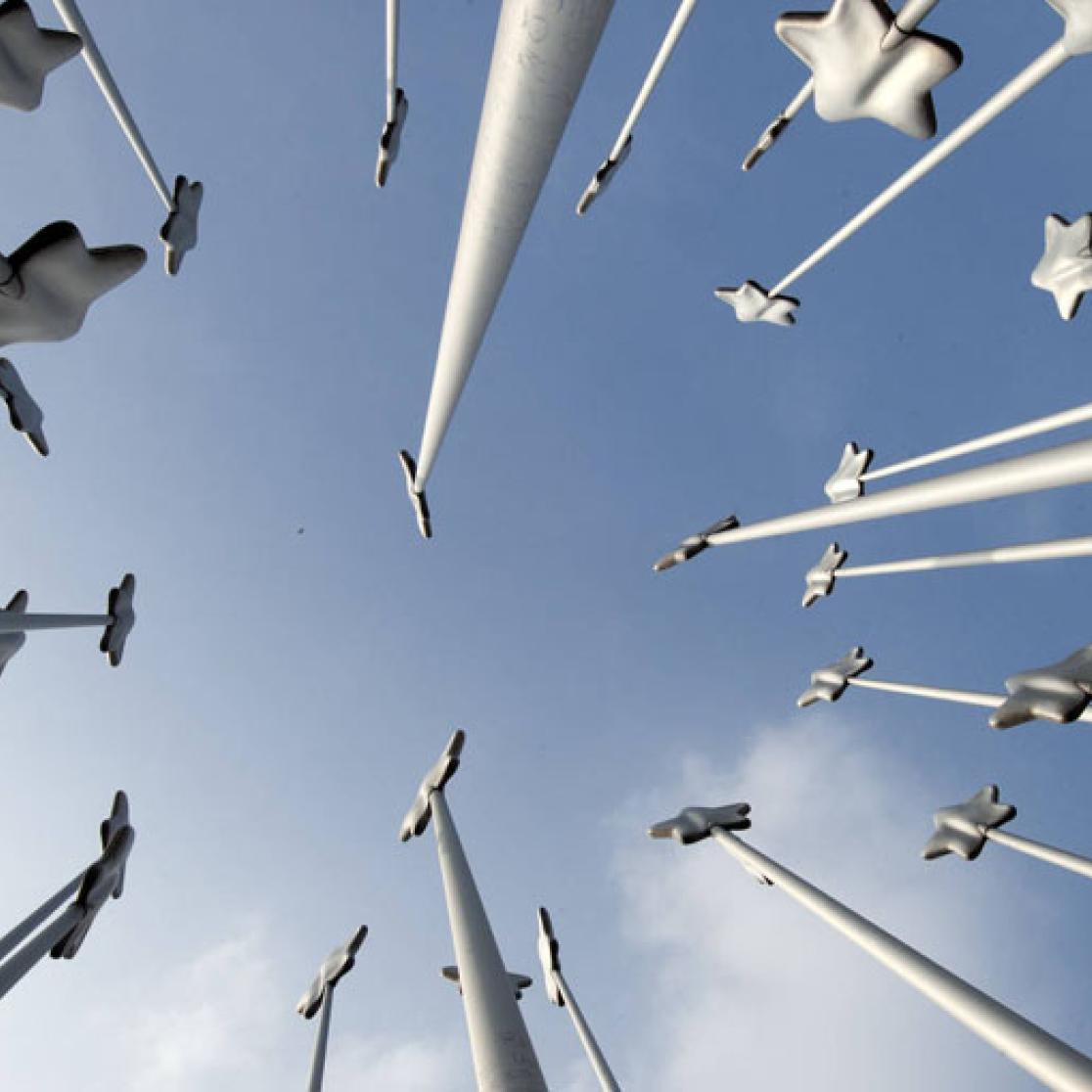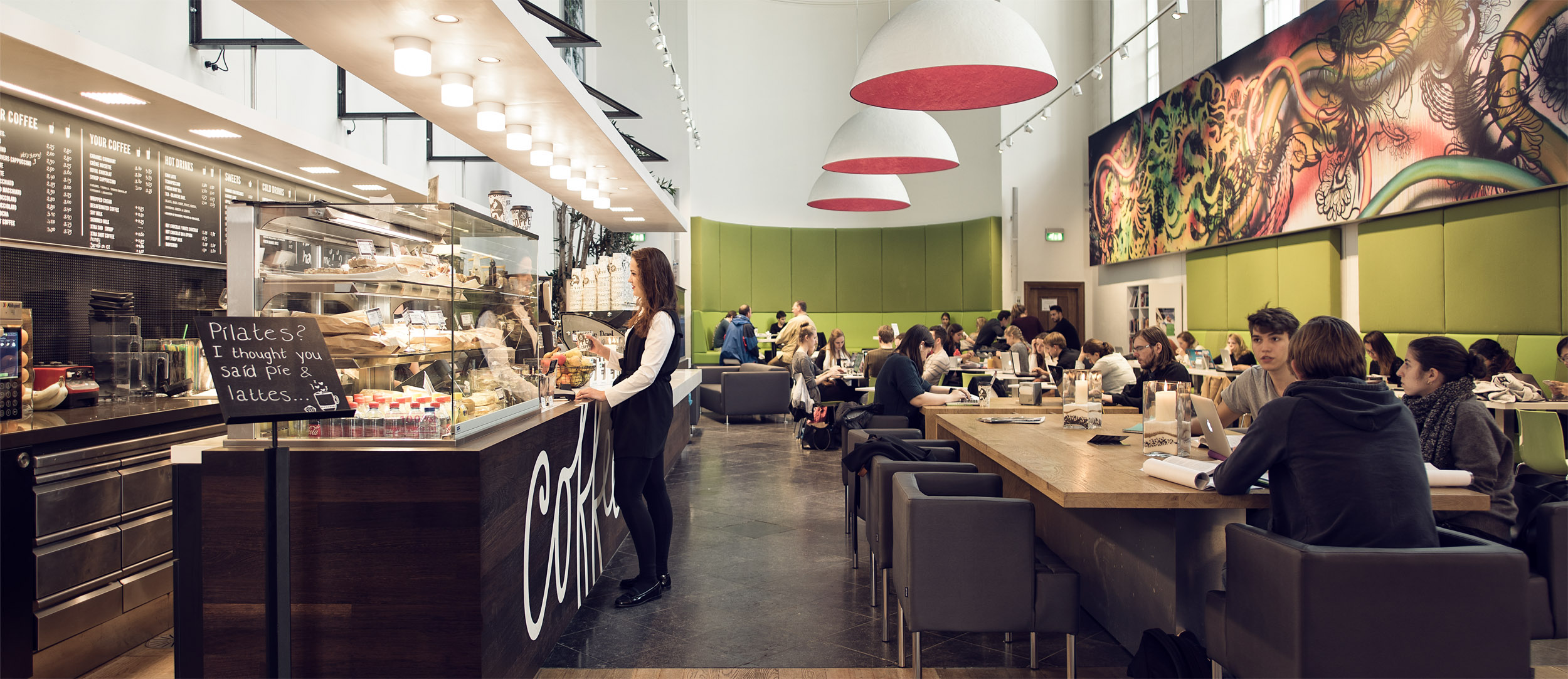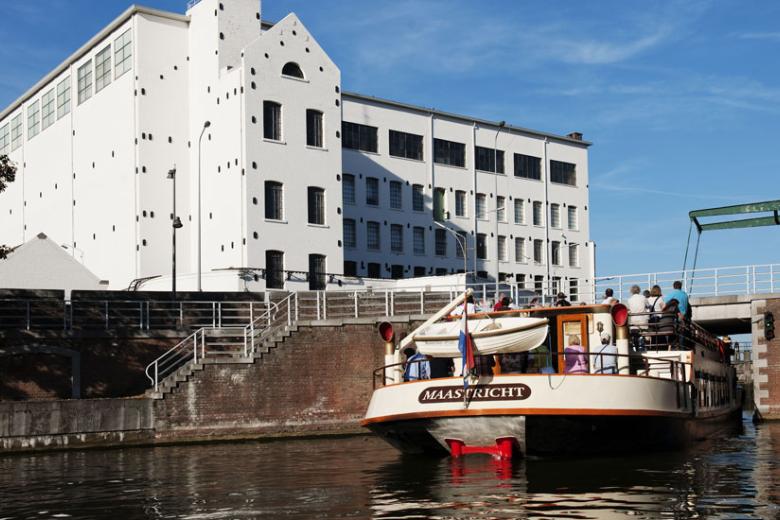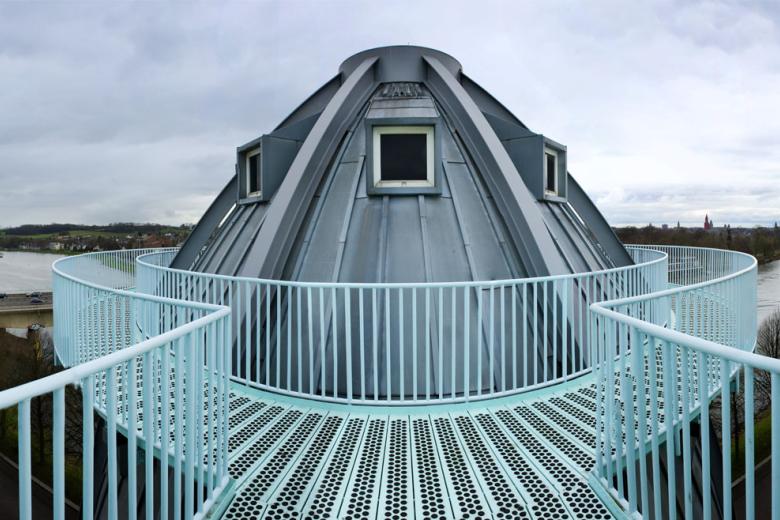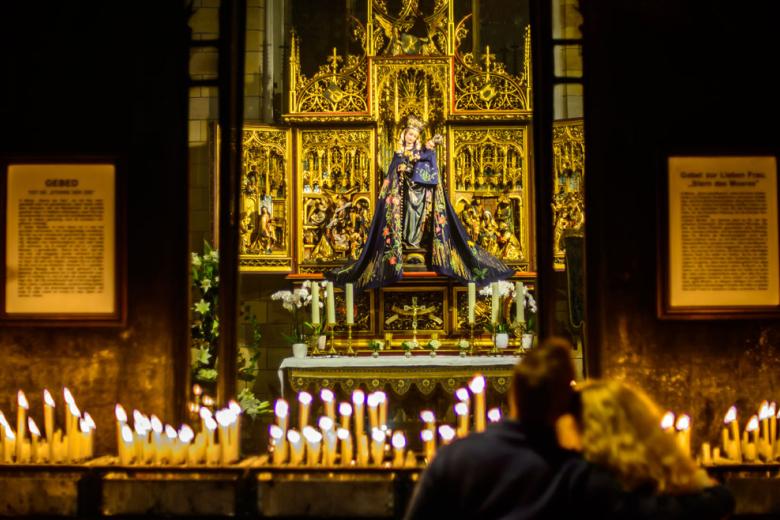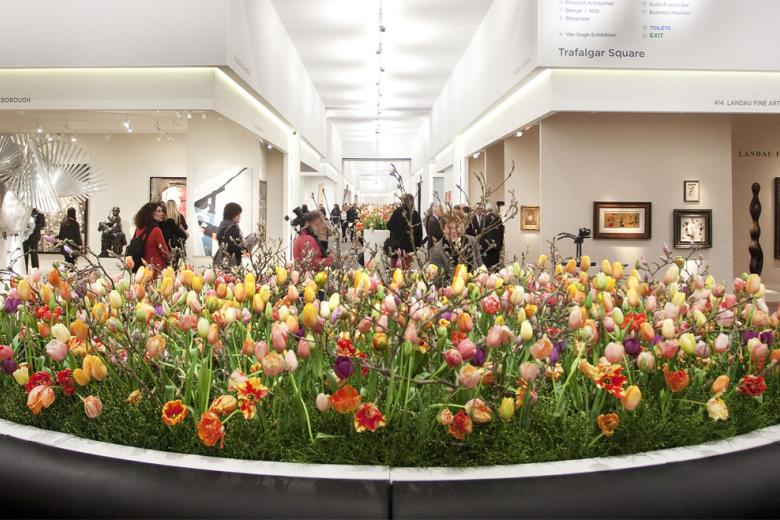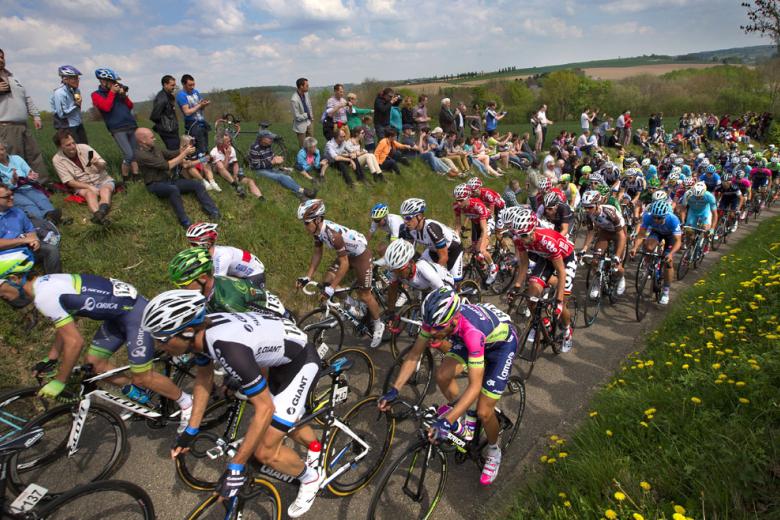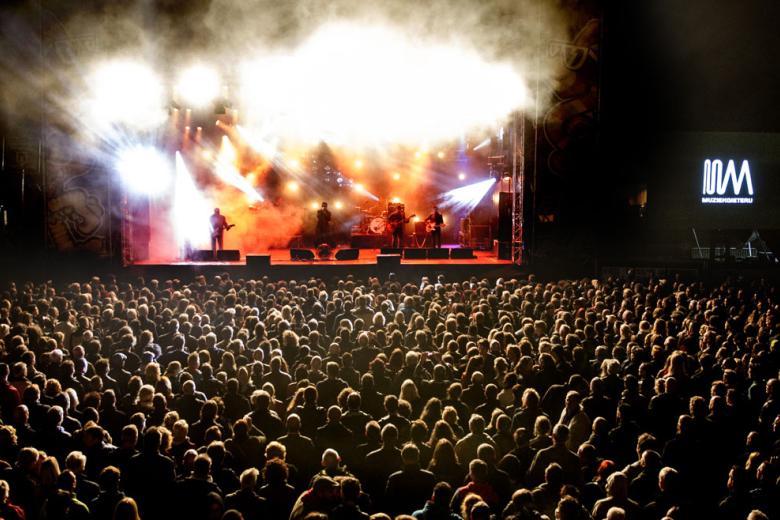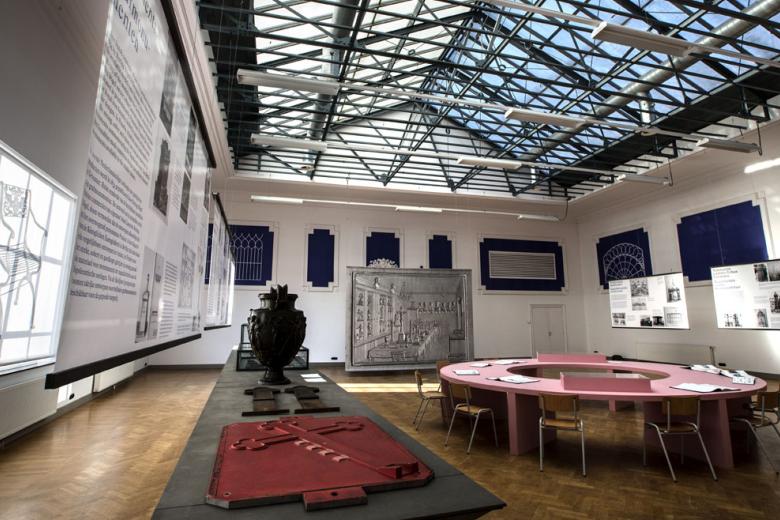Life@UM
About living in Maastricht
Thinking about studying or working in Maastricht?
We have listed a few things for you, so that you will get a better picture of life in Maastricht.
Below you will find more information about what living in Maastricht is like. In addition, you can visit the mymaastricht website to get an overview of all things surrounding life in Maastricht.
Studying in Maastricht
is different from other universities. Problem-Based Learning gives you the freedom to organise your days, but it also requires discipline. With half of its students coming from abroad, the university has turned into an extraordinary melting pot of cultures, languages and nationalities.
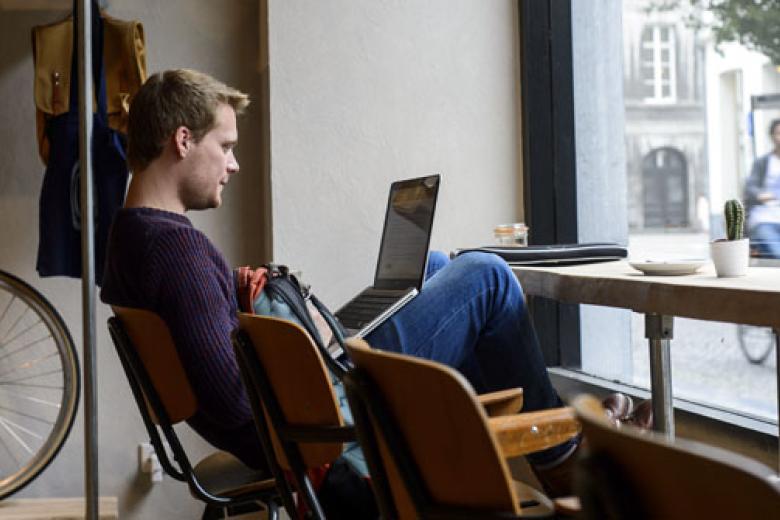
Conducting research in Maastricht
is challenging. Maastricht University ranks 5th among the world's best young universities, has a strong network with prestigious universities worldwide and works hard to strengthen the knowledge infrastructure of the Euregion.
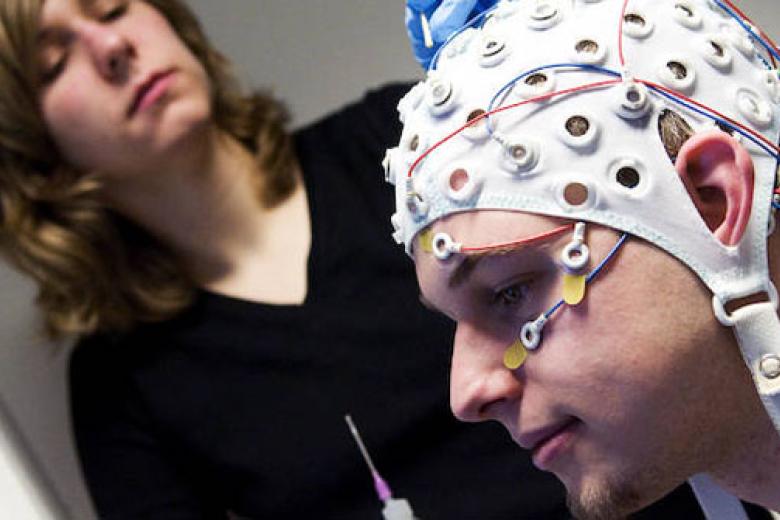
Living in Maastricht
The city is friendly, attractive and compact. Unfortunately, housing is scarce for students, so be sure to start your search for a room as soon as possible. That means well before you come to Maastricht. Make sure to read these tips and warnings.
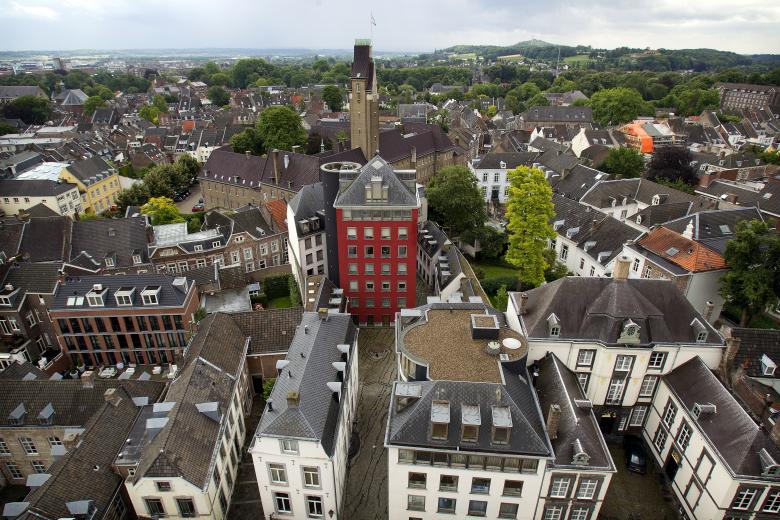
Relaxing in Maastricht
is easy. You can do sports with one of the numerous sports associations of the university or cycle into nature. Fancy a cultural activity or just a drink in a bar? There is always something to do in Maastricht.
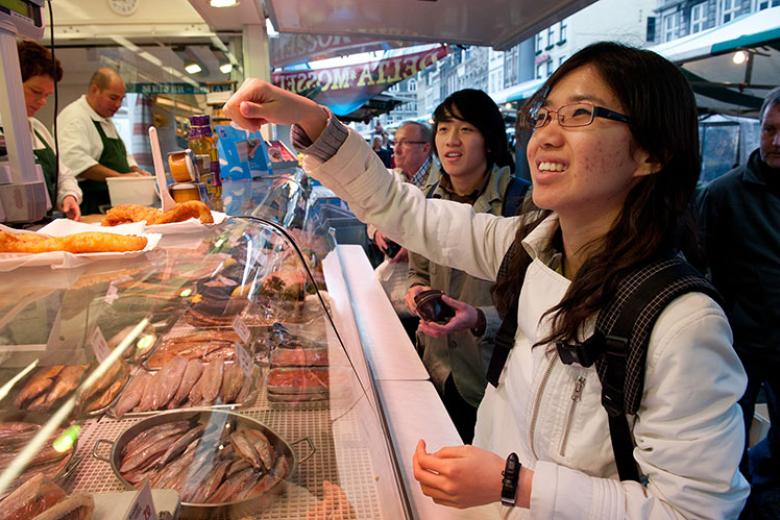
Doing sports in Maastricht
is diverse. UM SPORTS offers over 60 different sports and has an ultramodern sports complex (with learning spaces). But you can also join one of the 32 student sports associations or local sports associations. Mens sana in corpore sano.
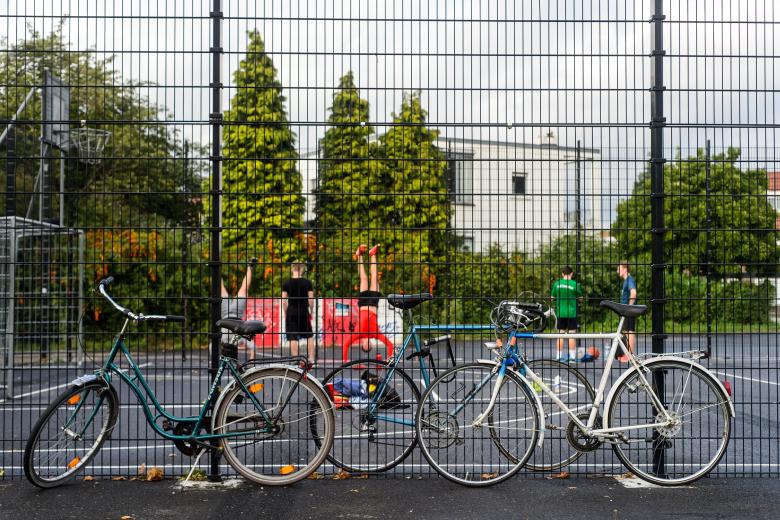
Studium Generale
is deepening. Studium Generale offers lectures, festivals, lecture series, movie nights and debates providing a wider experience of the arts, science and society. The activities are organised for students and staff, but also other interested parties are welcome.
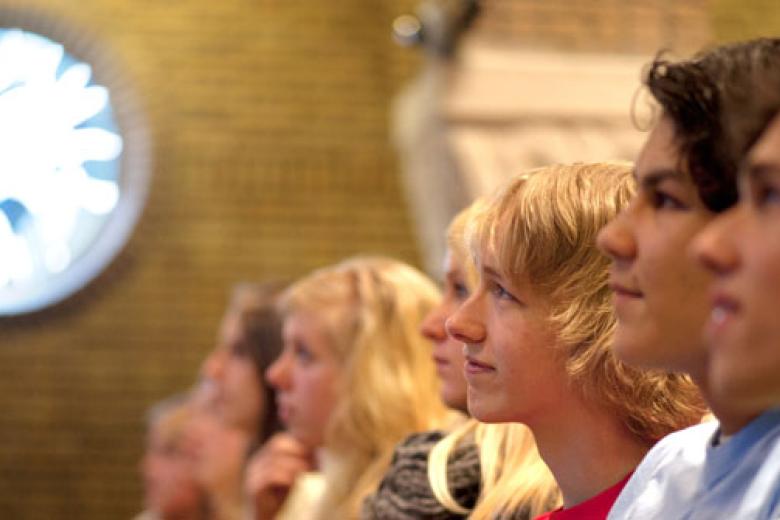
Treaty of Maastricht
For many people in Europe Maastricht is the city where, on 7 February 1992, the Treaty of Maastricht was signed.
The treaty, officially the ‘Treaty on European Union’ was signed by the twelve member states at that time. The treaty led to the name change of the European Community in European Union. It also concerned among others the establishment of the Economic and Monetary Union (EMU), which in turn led to the introduction of one common currency – the euro.
